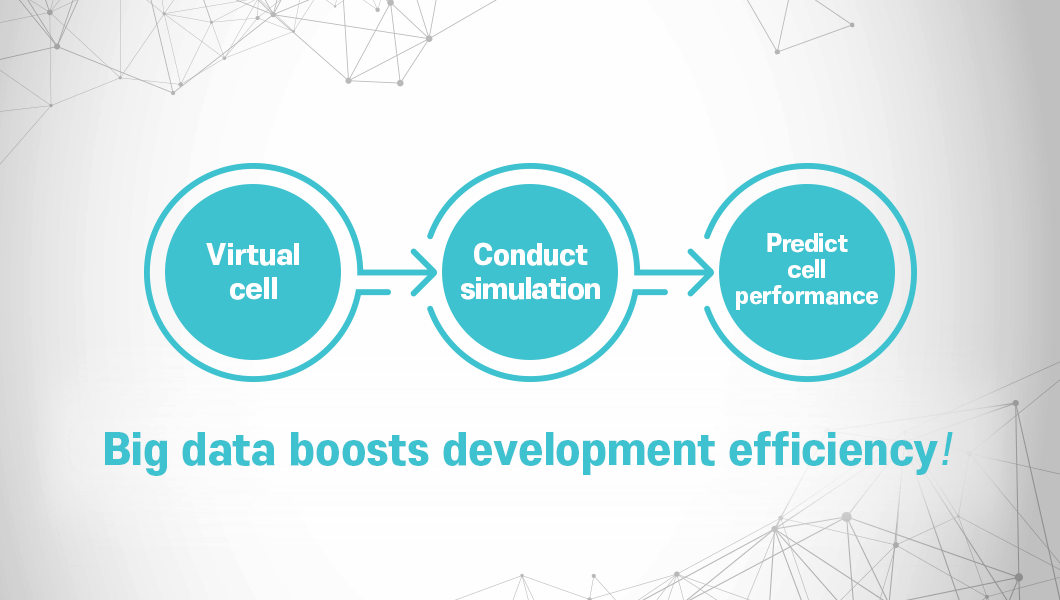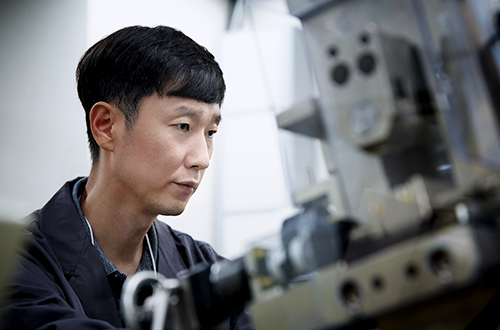DX (Digital Transformation), an area that is gaining traction worldwide, refers to a new data-driven method that uses big data and artificial intelligence (AI) to boost work efficiency.
LG Energy Solution has a number of innovative track records of improving battery manufacturing efficiency through DX.
First, we met with how the cell modeling algorithm team applied DX to their work.

Q. Please describe your role at LG Energy Solution.
I work with the team members working on design advancement[BAH1] . We build solutions for mathematical models that describe the dynamics inside the battery and validate the results. We also run and interpret various simulations required for the early stages of cell development. We also do projections.
Basically, lithium ions move between the cathode and anode of a battery when it is charged or discharged. Such movement of lithium ions or the flow of charges can be explained with mathematical formulas. These mathematical formulas can assist you in predicting the internal condition or behavior of a battery.

Q. What is the role of the cell modeling algorithm team?
Making a single cell takes a significant amount of time, money, and effort. Using big data obtained from cell modeling simulation can shorten the process, time, and cost of creating or experimenting with cells. In other words, this could further improve the efficiency of battery development.
Q. You won the team innovation project. What was the project about?
We were awarded the excellent innovation project* for developing a cell performance prediction model and establishing an analysis request system. In this project, we aimed to create a system that allows cell developers to create a virtual cell that meets the target performance requirements of customers and use the cell to predict the cell’s performance. We created the system we desired and won the award by collaborating with other team members.
* Excellent innovation project: An excellent project awarded by the CEO from among those that have contributed to improved business performance and increased customer value.

Q. What are the majors of the cell modeling algorithm team members?
The team has members with various majors ranging from mathematics, chemistry, chemical engineering, mechanical engineering, and electronic engineering to statistics. Each of them works in various fields, such as cell materials and software, leveraging their strengths. When someone identifies an area for improvement, there are numerous opportunities to learn through seminars or training.

Q. Finally, do you have anything to say to those who are interested in this position?
It can be a plus if you can work with software and have worked on related projects, research, or theses. Even if you don’t know much about batteries, having expertise in your field can be very valuable. So please broaden your horizons.





